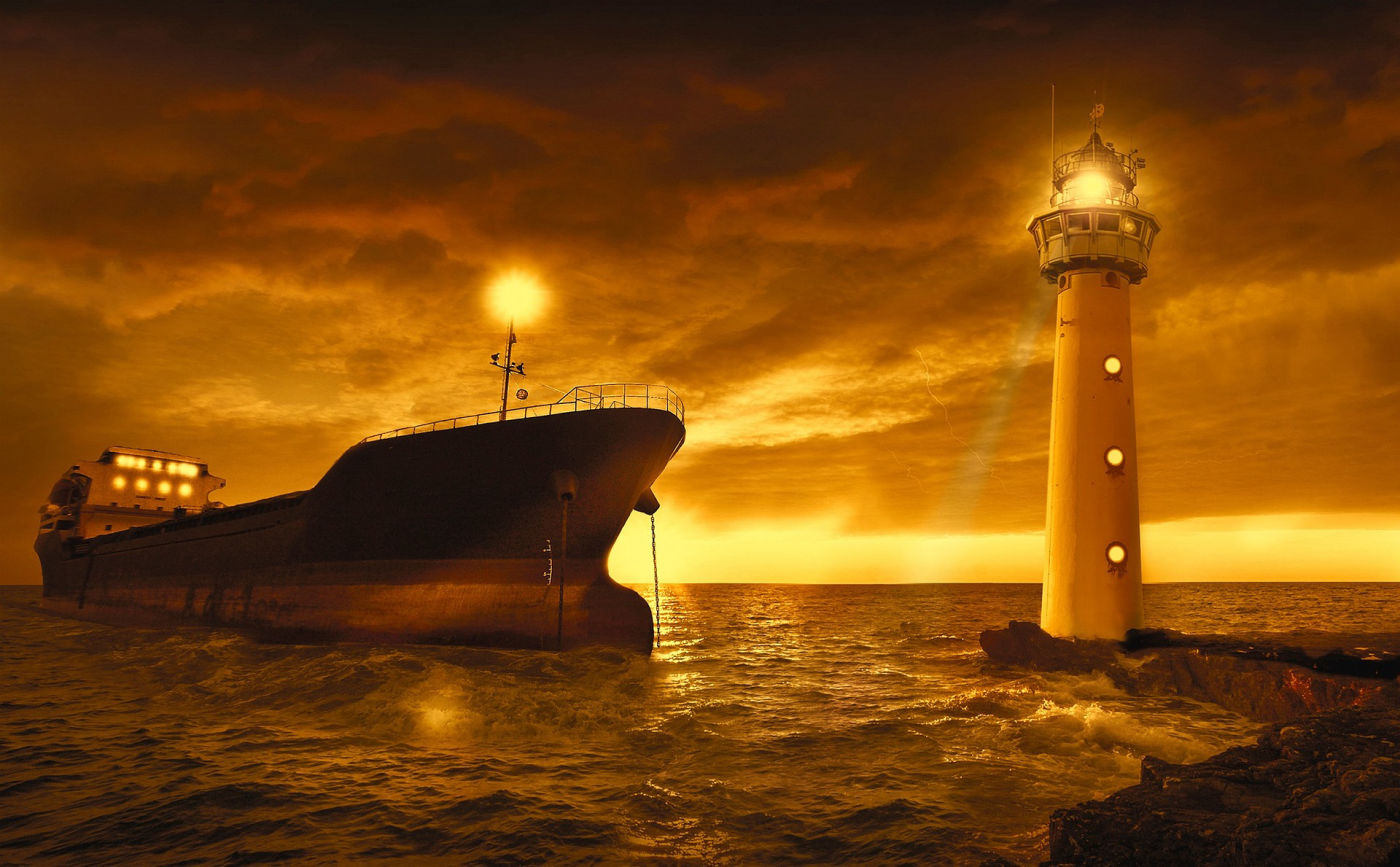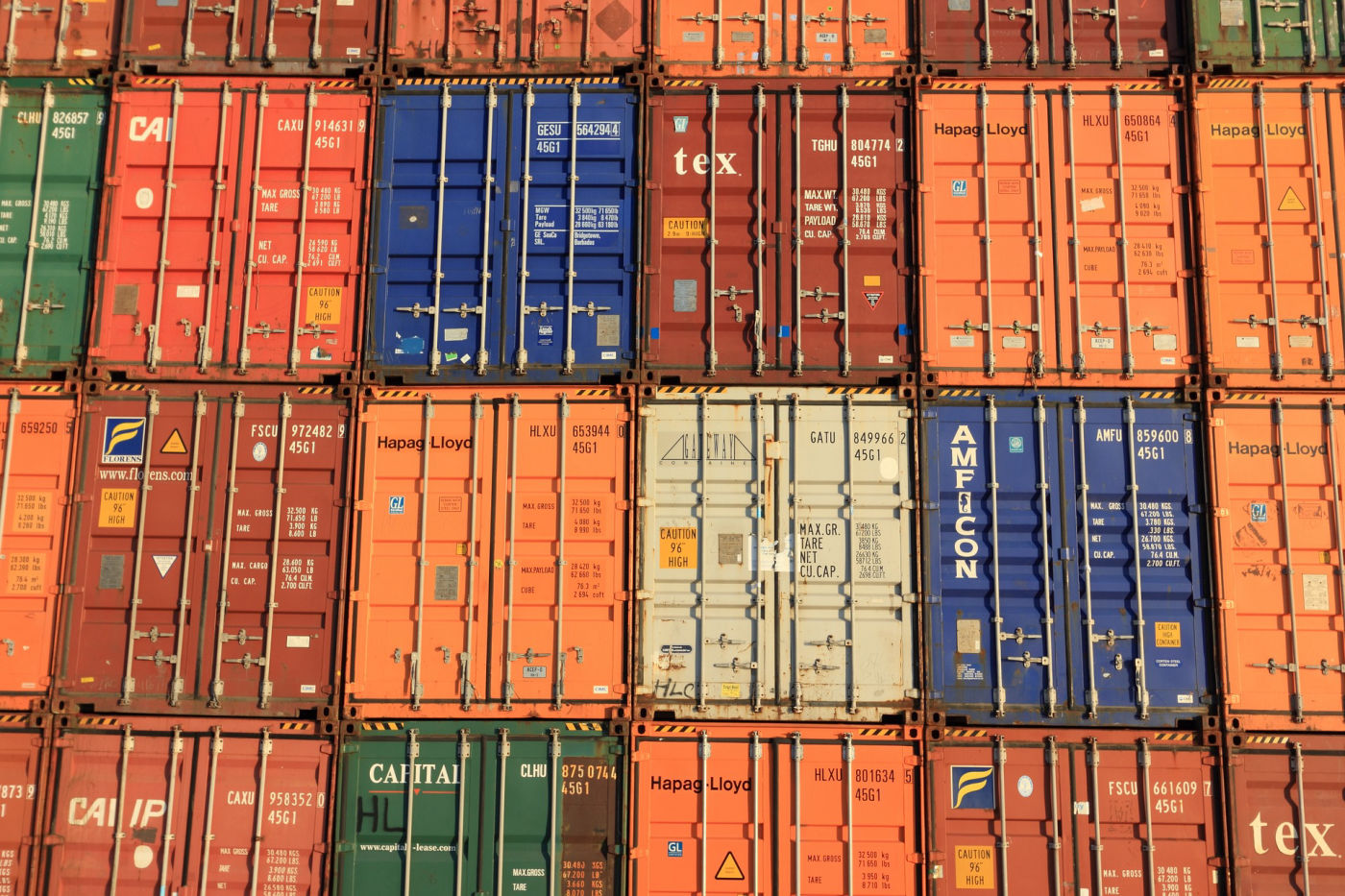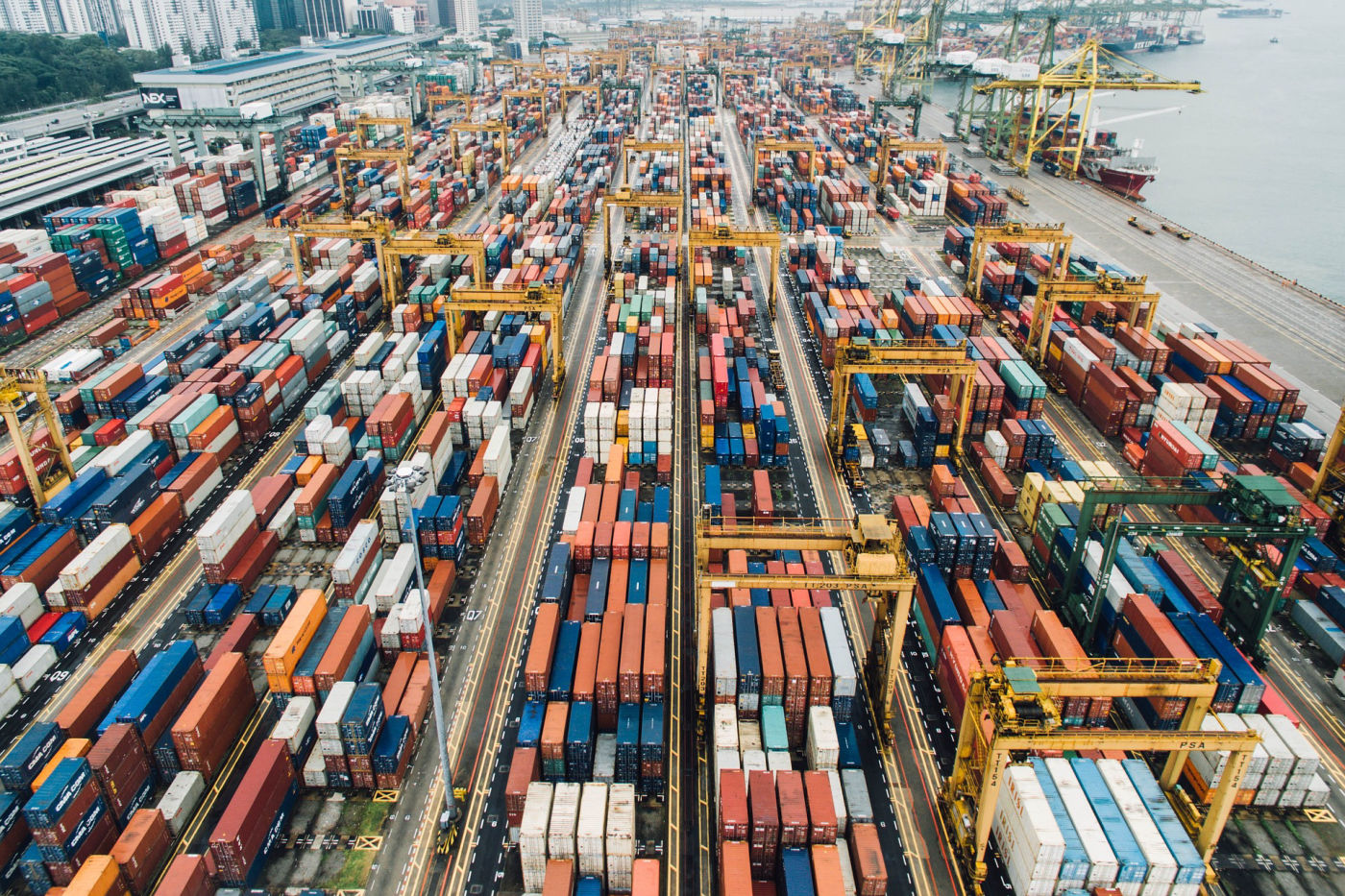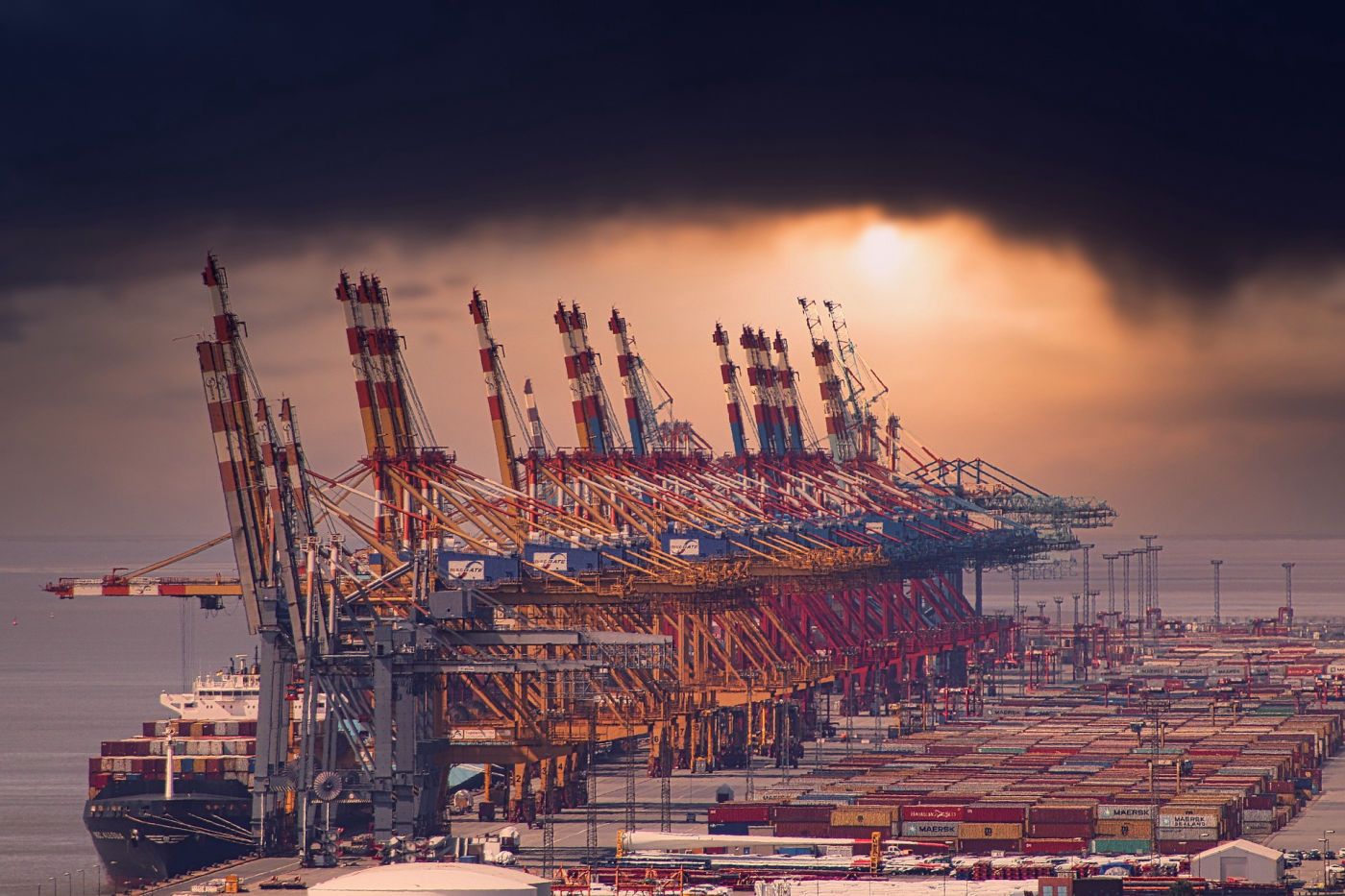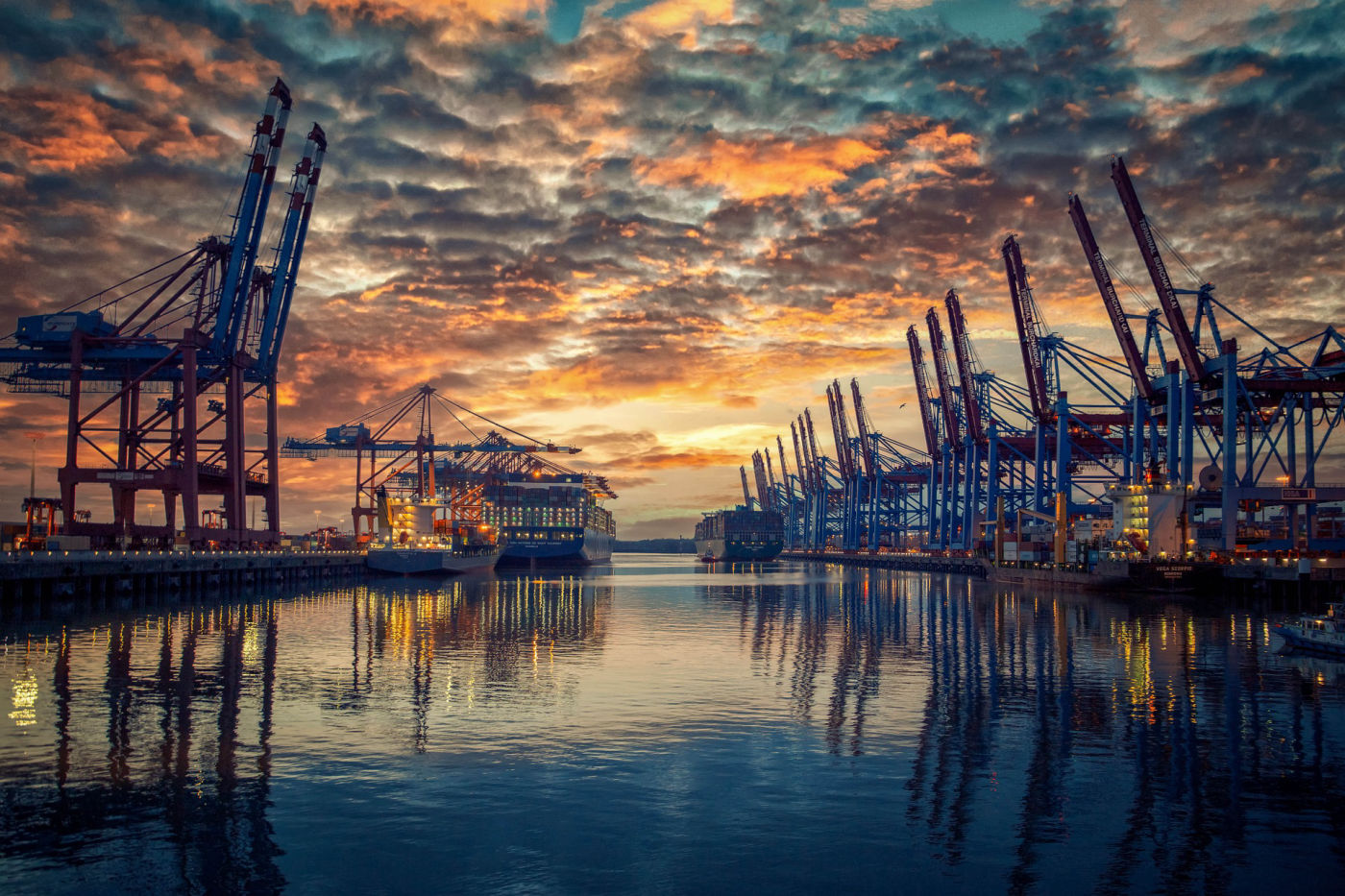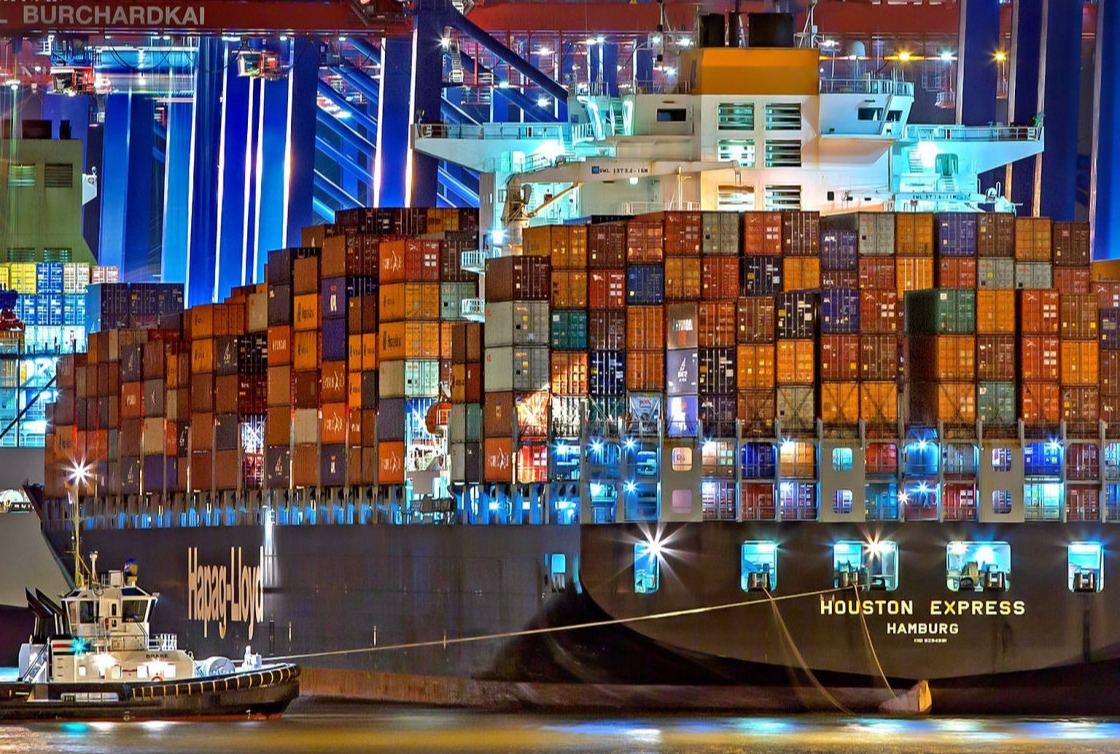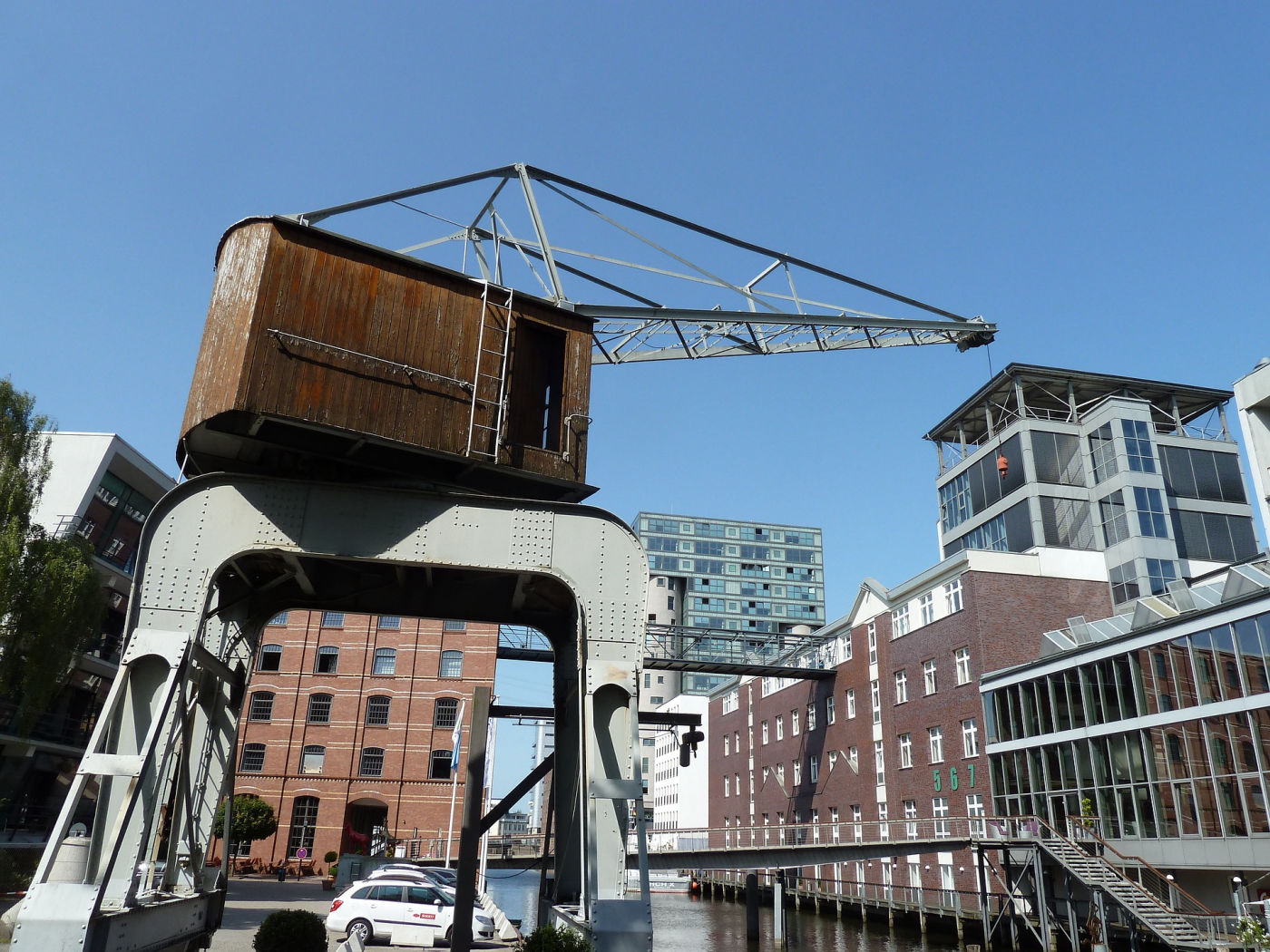
The beginning
The emergence of the sea container is a fascinating journey that has revolutionised the world of logistics and international trade. The idea of transporting goods in standardised, stackable containers dates back to the late 18th century, when the first attempts were made to make the movement of goods more efficient.
